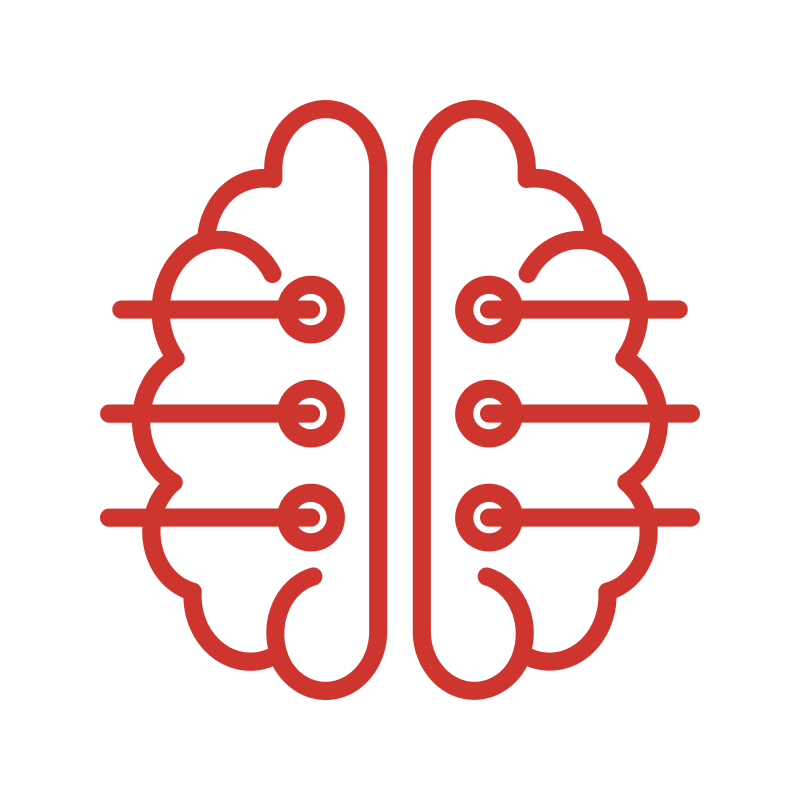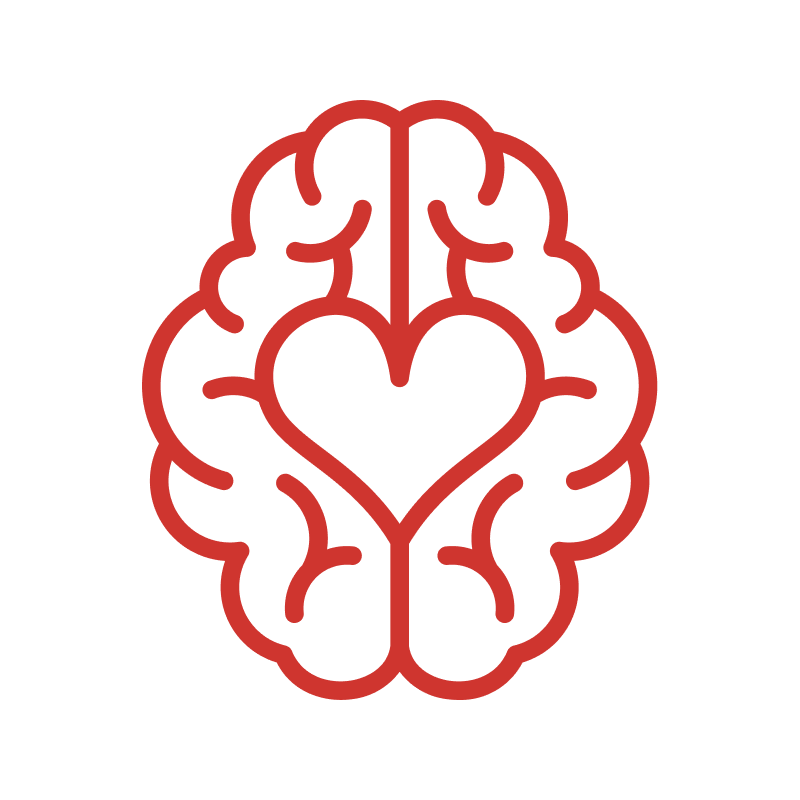Home / BrainCore Therapy

BrainCore Therapy Neurofeedback is a cutting-edge, non-invasive treatment designed to enhance brain function and promote mental well-being.

Brainwaves, which reflect the brain’s electrical activity, play a crucial role in coordinating various cognitive processes, emotional responses, and physiological functions.

BrainCore Therapy neurofeedback aims to organize dysregulated brainwave patterns. This process involves a series of neurofeedback sessions using specialized computer technology.

At Balance Atlanta, we understand how debilitating the conditions can be and offer braincore theraphy as a non-invasive, drug-free solution to help manage pain, improve joint function, and enhance overall quality of life.

At Balance Atlanta, we harness the power of BrainCore Therapy neurofeedback to address the mental and emotional factors that influence weight loss, helping you make sustainable lifestyle changes and achieve lasting results.

At Balance Atlanta Family Chiropractic, we aim to create a warm and welcoming atmosphere for all our visitors. Dr. Caroline von Fluegge-Chen has been serving the Atlanta area since 1997.

At Balance Atlanta Family Chiropractic, we aim to create a warm and welcoming atmosphere for all our visitors. Dr. Caroline von Fluegge-Chen has been serving the Atlanta area since 1997.

Have questions about how chiropractic care can help with managing pain and improving overall health? Browse our FAQ section for answers to the most common inquiries.
Get our newsletter and healthy tips directly in your inbox.
Copyright © 2024 Balance Atlanta, All Rights Reserved. Designed by No Boundaries Marketing Group | Sitemap | Privacy Policy & Terms of Use